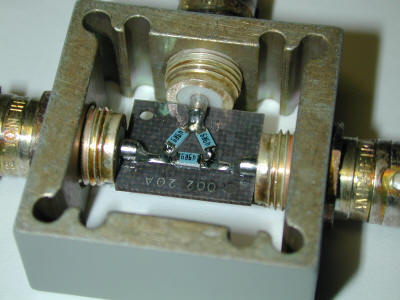| Home Login Register |
| Satellite Internet forum › General and other topics › 70MHz / L-band Combiner |
|
Pages: 1
|
70MHz / L-band Combiner(Read 9969 times) |
|
jtflynn
Member
★★ Offline Posts: 1 |
Aug 7th, 2009 at 6:37pm
|
| Back to top |
IP Logged
|
|
Eric Johnston
Senior Member
★★★ Offline Posts: 2109 |
Reply #1 - Aug 18th, 2009 at 9:16am
|
| Back to top |
« Last Edit: Sep 23rd, 2011 at 9:49am by Eric Johnston »
IP Logged
|
|
Ex Member
Ex Member
|
Reply #2 - Sep 23rd, 2011 at 12:03am
|
| Back to top |
IP Logged
|
|
europe-satellite.com
Senior Member
★★★ Offline Posts: 541 London UK |
Reply #3 - Sep 23rd, 2011 at 7:10am
|
| Back to top |
IP Logged
|
|
Eric Johnston
Senior Member
★★★ Offline Posts: 2109 |
Reply #4 - Sep 23rd, 2011 at 9:44am
|
| Back to top |
IP Logged
|
|
Ex Member
Ex Member
|
Reply #5 - Sep 23rd, 2011 at 6:39pm
|
| Back to top |
IP Logged
|
|
Eric Johnston
Senior Member
★★★ Offline Posts: 2109 |
Reply #6 - Sep 23rd, 2011 at 7:17pm
|
| Back to top |
IP Logged
|
|
Pages: 1
|
Email me: eric@satsig.net
Powered by YaBB 2.5.2!
YaBB Forum Software © 2000-. All Rights Reserved.
Disclaimer, Terms of Use and Privacy Forum User Agreement Forum rules Cookie policy.




